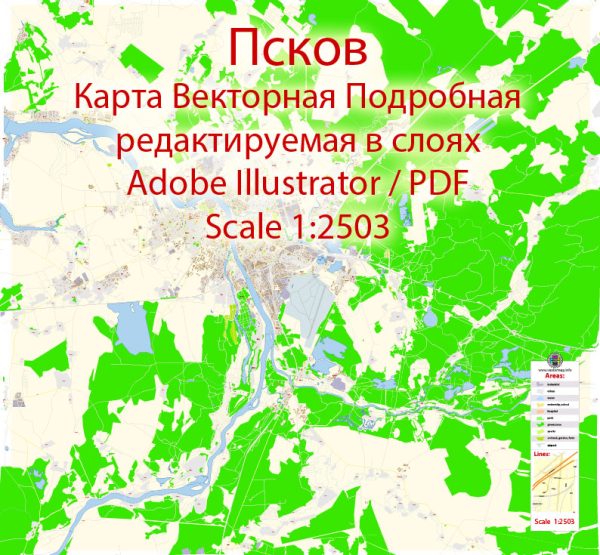Pskov, located in northwestern Russia, is one of the oldest and most historically significant cities in the country. Its history dates back to ancient times, and its urban development reflects a rich tapestry of cultural, political, and architectural influences. Here’s an overview of the history of urban development in Pskov:
Early History:
- Pskov is believed to have been founded in the 9th century, making it one of the oldest cities in Russia. Its strategic location along trade routes and proximity to important waterways contributed to its early development.
- In the 12th century, Pskov became a part of the Novgorod Republic, a medieval federation of city-states in the northwestern part of Russia. This affiliation had a significant impact on the city’s cultural and political development.
Medieval Period:
- Pskov played a crucial role in the defense of Russian territories against invaders. The city’s fortress, known as the Pskov Kremlin, was constructed in the 14th century and became a symbol of Pskov’s resilience.
- The city’s urban layout featured a centralized Kremlin, surrounded by churches, monasteries, and residential areas. Pskov’s architecture during this period was characterized by traditional Russian wooden structures and later by stone buildings influenced by Byzantine and Novgorodian styles.
16th Century:
- Pskov faced a series of invasions and conflicts during the 16th century, including the Livonian War. Despite these challenges, the city continued to be an important cultural and religious center.
Imperial Russia:
- In the late 17th century, Pskov became a part of the Russian Empire. The city’s urban development saw the influence of Russian Baroque architecture during this period, with the construction of new churches and administrative buildings.
- The 19th century brought further changes, with the expansion of the city and the construction of neoclassical structures.
Soviet Era:
- The Soviet period saw modernization and industrialization in Pskov. The city’s urban fabric was influenced by socialist architecture, and new residential areas and industrial zones were developed.
Contemporary Period:
- In the post-Soviet era, Pskov has faced economic challenges, but efforts have been made to preserve its rich historical and cultural heritage.
- The city continues to be a destination for tourists interested in its medieval architecture, including the Pskov Kremlin, Trinity Cathedral, and other historic sites.
Overall, Pskov’s history of urban development reflects the city’s strategic importance, its resilience in the face of challenges, and the diverse architectural influences that have shaped its character over the centuries.


 Author: Kirill Shrayber, Ph.D.
Author: Kirill Shrayber, Ph.D.